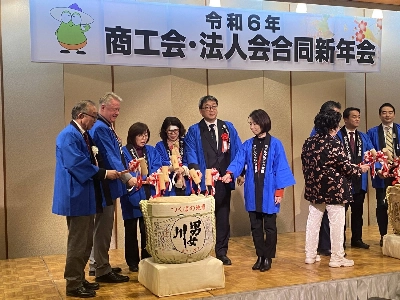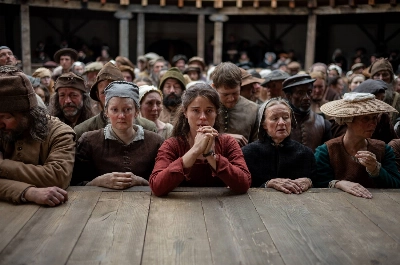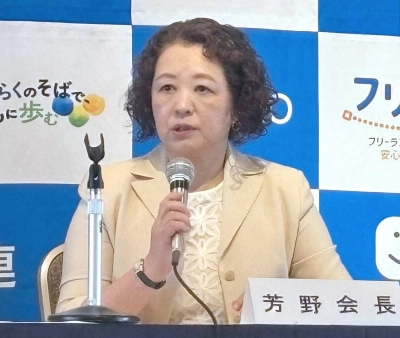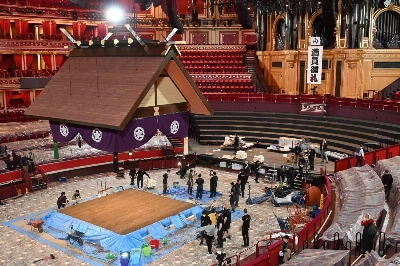Some Westerners, when faced with Oriental creativity, have a tendency to gush. Instead of taking a calm, rational, inquisitive point of view, they tend to ascribe the aesthetic effect of what they see to some mysterious, spiritual force -- whether they call it Zen, Tao, yin and yang -- something they perceive as alive in Asian culture but absent from their own.
There is a particularly strong tendency to resort to such mystical language when visiting a building designed by Yoshio Taniguchi, the architect responsible for New York's recently reopened Museum of Modern Art, as his works have a subtle sublimity that hints at hidden depth. However, this is something the architect -- whose career is currently being celebrated in an exhibition at Tokyo Opera City Art Gallery -- is keen to dismiss, as I learned when I met him at his unassuming office in Tokyo.
When, for instance, I asked him if the perfectly balanced inverse relationship of the circle and the square in the museum he designed for Shiseido in Shizuoka Prefecture was inspired by an attempt to balance the masculine and feminine, he replied:

















With your current subscription plan you can comment on stories. However, before writing your first comment, please create a display name in the Profile section of your subscriber account page.